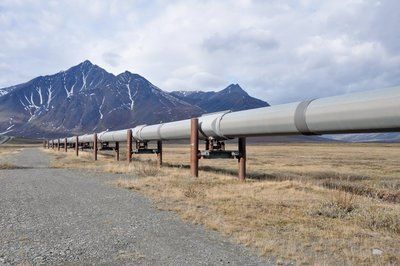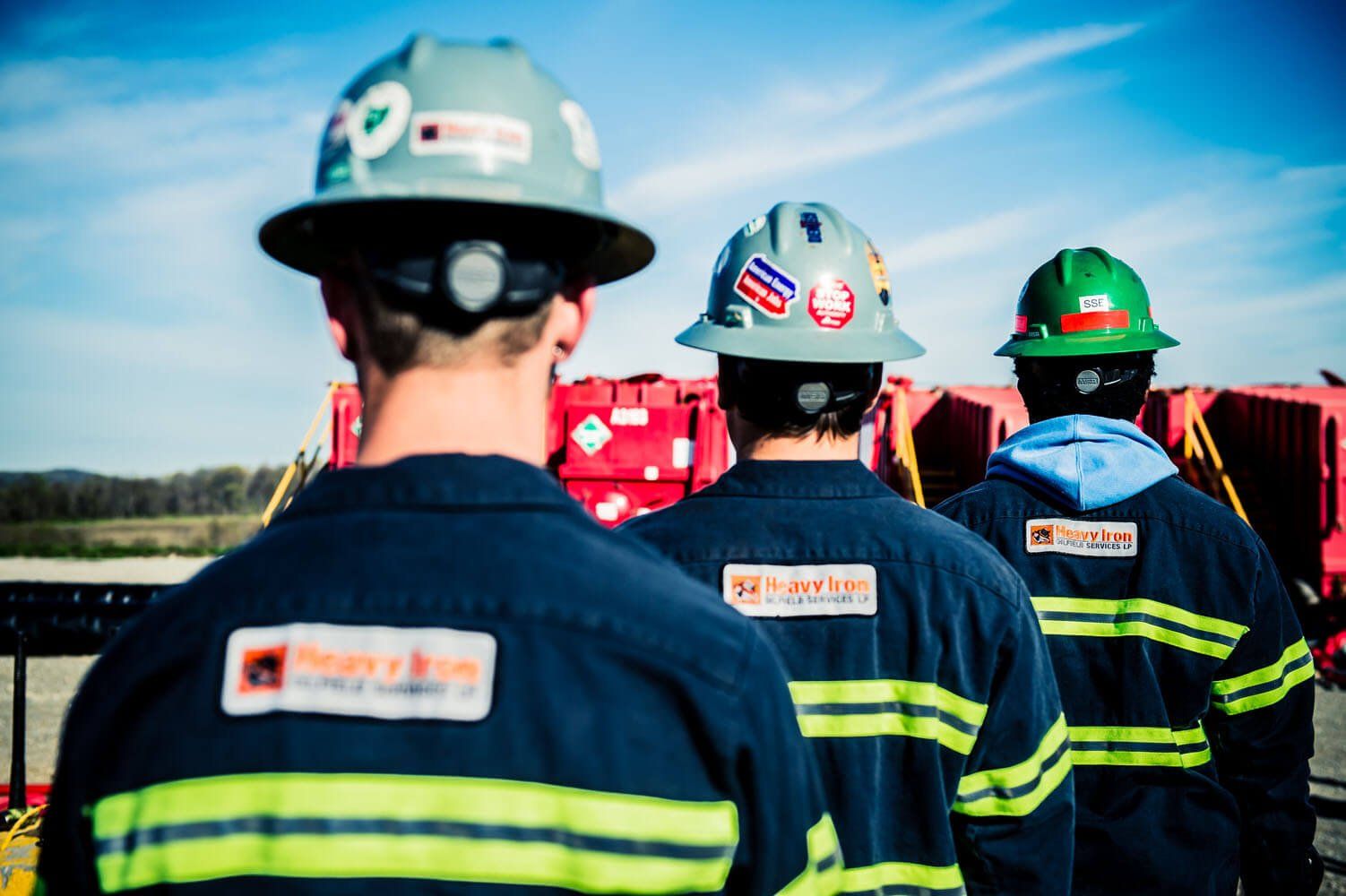HEAVY IRON NEWS
3 Key Facts About Oil and Gas Safety
- By Design Team
- •
- 13 Oct, 2015

FACT #1: THE OIL AND GAS INDUSTRY HAS FEWER INJURIES THAN NEARLY ANY OTHER OCCUPATION
When considering non-fatal injuries and diseases, the most dangerous industries are local government, agriculture, forestry, food manufacturing, transportation, and warehousing. Oil and gas extraction has one of the least common incidences of injury, safer than professional and business services and wholesale trade services. A far more dangerous occupation is construction. Construction has the highest rate of fatal occupational injuries and one of the highest rates of non-fatal injuries and illness.
Fatal injuries and non-fatal injuries must be looked at together to paint a whole picture. For instance, the food manufacturing injury has a very high incidence of injury but almost no fatalities. This shows that while it is very possible to be injured in food manufacturing, the injuries are unlikely to be severe. Construction has a lower incidence of injury, but many fatalities; that indicates that many accidents in construction are fatal. In the case of oil and gas, both non-fatal injuries and fatal injuries are very uncommon, showing that the industry as a whole is quite safe.
FACT #2: THE OIL AND GAS INDUSTRY WORKS WITHIN FEDERAL AND STATE SAFETY REGULATIONS
FACT #3: THE OIL AND GAS INDUSTRY IS CONTINUALLY IMPROVING ITS SAFETY

Fatalities have decreased in many states following new regulations and better safety standards. North Dakota notably showed a 32% decrease in fatalities while showing a 26% increase in crude oil production. California and Pennsylvania were also able to improve their safety and lower their fatality numbers. It's important to note that injury and illness numbers will often rise slightly once fatalities are lowered, as injuries that would once have claimed a life are mitigated through the use of equipment and training. Thus, injury and illness numbers may temporarily increase in some fields even though the field itself is becoming safer.
The oil and gas industry has shown itself to be an incredibly safe industry in the past few years, with safety standards increasing throughout the decade and injuries and fatalities steadily going down. As new jobs are opened in the oil and gas field, workers can move from more dangerous positions such as construction, thereby increasing their own personal safety. Though the oil and gas industry may have once had a reputation for being unsafe, this reputation is based on the industry standards of many decades ago, and is entirely unfounded in the modern environment.
Subscribe to Email Updates
Recent Post

| A new project in development in Oman may be able to revolutionize the way that people think about solar energy and oil and gas. The Miraah project currently being developed will use solar power in order to produce oil, thereby reducing the amount of natural gas Oman residences will need to rely upon. Ideally, the Miraah project will be able to address many of the outstanding issues with solar technology related to energy capture, while creating a more efficient and effective method of oil production. |








